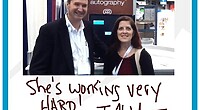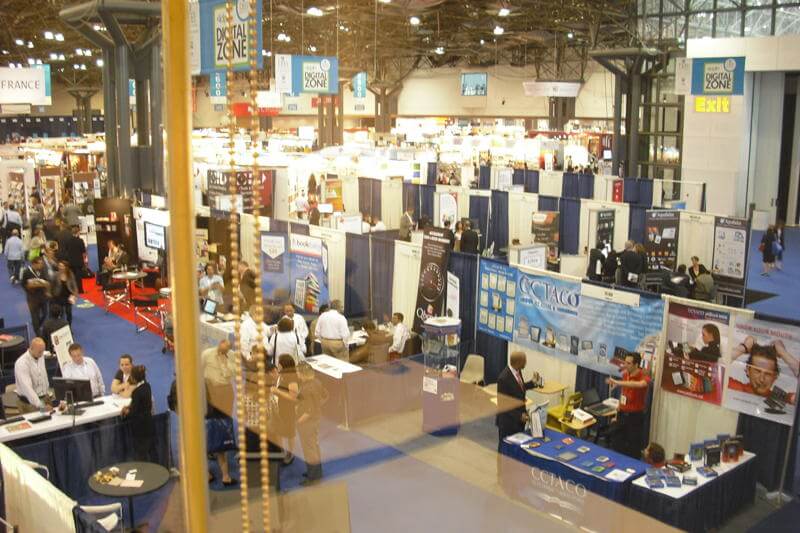This year’s BookExpo America and IDPF Digital Book Conference brought exciting announcements in extremely opposite ends of the e-reader spectrum. On the one hand, two major players in the game unveiled to great fanfare and applause new versions of their e-reader devices that brought back the simplicity of reading by promoting a pared down version of a touch screen e-reader. Both Kobo and Barnes and Noble explained the focus behind their new e-ink e-readers, which was “just about reading a good book.”
On the flip side of e-reading, there was just as much excitement and discussion about enhanced e-books, which bring a veritable three-ring circus experience to reading. Enhanced e-books are the laser light show of books, with audio playback, embedded videos, and a cornucopia of photographs and graphics that just weren’t possible at the onset of digital publishing. Much of the discussion about the new features that EPUB3 brings to the table surrounded its ability to have real-time audio and video tracking through media overlays, allowing the words to keep up with the page in order to improve the experience. Several large companies were proudly showing off demonstration stations of their improved voice-over for children’s books, to make it sound a little more like Grandpa reading to you and less like the voice at your local ATM machine.
One of the great things about this trend in digital publishing is that the suppliers are obviously listening to the likes and dislikes of their reading audience. Google E-books’ statistic that there are a growing number of readers who own both a dedicated e-reader as well as a tablet PC indicates that sometimes a reader just wants to enjoy words on the page and there are other times when he wants to be immersed in a complete experience.
Blio, whose company tagline is, “Reading way beyond the book,” was one such enhanced e-book company that had set up an entirely interactive station at the BookExpo for readers to sample enhanced e-books and the ease of navigation of its cloud-based reading concept.
Readers aren’t the only ones who stand to benefit from the entertainment and informational values of enhanced e-books. Indie authors with enough computer skills are finding a lot of satisfaction in developing their own enhanced e-books and self-publishing them. Previously, tablet PCs were pretty much the only platform that could handle the intense graphics levels and video embeds that made reading and writing the book such an experience, but with EPUB3’s launch more and more devices will be able to handle the workload.
Frank Vitale, self-published author of The Metropolis Organism, which is available for purchase through PayPal’s file sharing platform PayLoadz, had a lot of fun creating his book about the idea of a city as a living organism. It’s a manuscript he took a lot of pride in, but from the beginning he realized that his goal for the final product of this book was going to be so photo-heavy that it would be impossible to publish it traditionally and still make it available at a price-point that readers would be willing to spend on a single book. He drew on his experience in filmmaking (Montreal Main) and developed the project as an enhanced e-book; it now contains eleven videos and over 200 color graphics and photos.
“Photo books are expensive for the publisher to make,” comments Vitale, “but e-books aren’t. The cost for enhanced e-books will be less for everyone, the author, the reader, and the publisher.” Vitale’s next project is a photo essay book on the GAGA Art Complex, a book that would have been relegated to the realm of aesthetically pleasing (and expensive) coffee table books, a market without a high consumer base; now, as an enhanced e-book the likelihood that more readers will participate in the book is much greater.
https://youtube.com/watch?v=1
Mercy Pilkington is a Senior Editor for Good e-Reader. She is also the CEO and founder of a hybrid publishing and consulting company.

